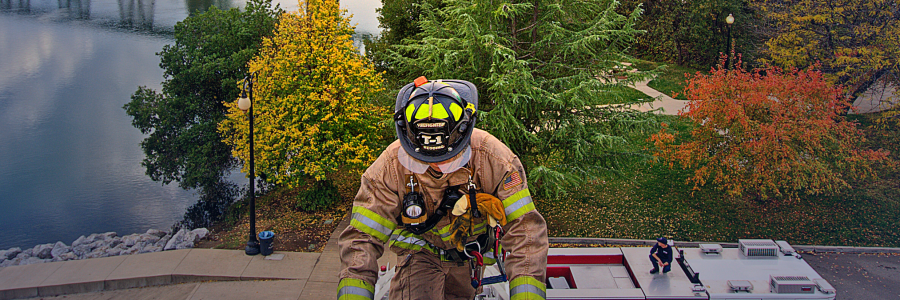There are many factors that influence how each of us moves while working, playing or navigating life’s daily activities, one of which is our joint mobility. In other words, on any given day, the way we walk, get of bed, put on our pants, etc. will be influenced by how much joint range of motion we have (passive) and access (active) through the coordinated contraction of our muscles.
Despite vast differences in our population’s physical activity and lifestyle habits, and thus the physical capacity (e.g. strength, aerobic capacity) required to perform safely and effectively, we all need mobility. The ability to move our joints and position our body segments so that we can sit on a toilet, wash our hair, walk up stairs or tie our shoes transcends any differences that may exist in our physical demands.
Possessing the motivation, knowledge and fitness to perform a specific physical activity may mean very little without the requisite mobility. Forced to find alternative movement solutions to fulfill the need or desire to perform (e.g. tying your shoes), larger ranges of motion will be sought from adjacent joints (e.g. if hip mobility is limited, the knees or low back may be asked to accommodate).
For these reasons, mobility should be one of, if not the first piece of information gathered when assessing a fire fighter’s needs. Knowing whether they have the ability (passively or actively) to place their body in specific positions will shed light on their available movement solutions and help to personalize any exercise, education or training solutions.

